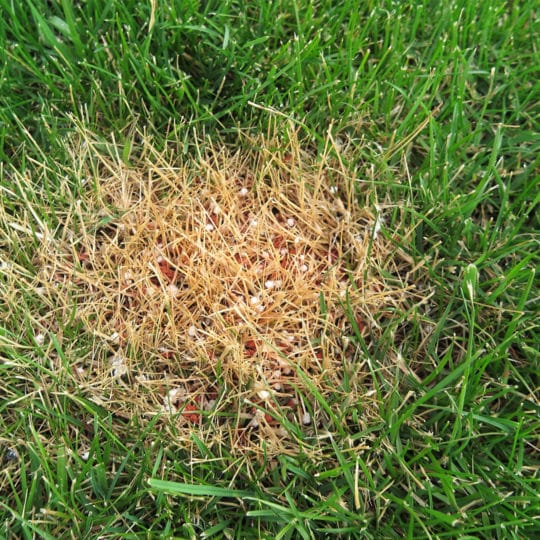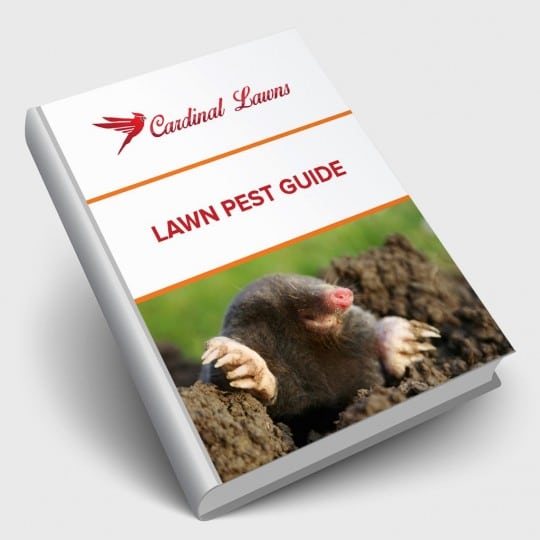Are There Signs of Billbugs in Your Lawn
How to Tell & Get Rid of Them
Posted
May 23, 2019

Do you have signs of billbugs in your lawn? You’ll know if you notice thinning spots in the summertime. Damage is often mistaken for drought stress, so read on to learn more about the other signs and prevention methods.
What are Billbugs
Billbugs are weevils that commonly infest high-cut turfgrass, including bluegrass, ryegrass, fescues, and grain crops such as corn, rye, and wheat.
Damage starts early on in the billbug life span. Larvae burrow through the grass stem toward the roots. Turf starts to thin out and spots appear in the lawn. Since this typically happens in mid to late June, it may seem like a drought issue. This is why further inspection is needed.
Are There Signs of Billbugs in the Lawn?
To truly diagnose billbug infestations, pull the dead stems of affected turf upward. If the stalks break off easily, the stems are hollowed out, and there’s sawdust-like material present, billbugs are the cause.
You may also see black or grey adult billbugs along walkways and driveways on sunny days. This along with signs of turf disease can help you put two and two together. If left untreated, the infestation will only grow, resulting in extensive browning and eventually turf death.
Managing Billbugs
When it comes to using insecticides to control billbugs, these pests say, “bring it on.” Their armor-like bodies help protect them from such assaults. Plus, they don’t ingest as much insecticide when they chew into a grass stem. The larvae also find safe haven inside grass stems.
So what’s the best way to deal with them? Get grass they don’t like. There are certain varieties of bluegrass and ryegrass that are less susceptible to billbug attacks. Your local lawn and garden shops can point you in the right direction, or call the lawn care specialists at Cardinal Lawns for more information.
There are ways to help prevent adult billbugs from migrating into your lawn. Certain insecticides can be applied in the spring when adults come out of hibernation to feed. For best results, monitor any turf damage in the area. If your lawn was hit last year, do your best to prevent further damage by applying chemicals once the weather starts warming up.
Billbug Damage Control
Depending on how bad the damage is, you can help revive your grass with the right irrigation and fertilization techniques. Any heavily damaged areas will need to be reseeded. Again, look for grass that’s more likely to stand up to billbugs to help save your lawn and yourself more grief.

Download Your FREE Lawn Pest Guide
Pests become most prevalent during the heat and humidity of summer. Take some time to learn about the signs of infestations before any damage can be caused to your landscape. This handy guide will teach you how to spot common lawn pests and how to keep them from causing harm to you and your property.